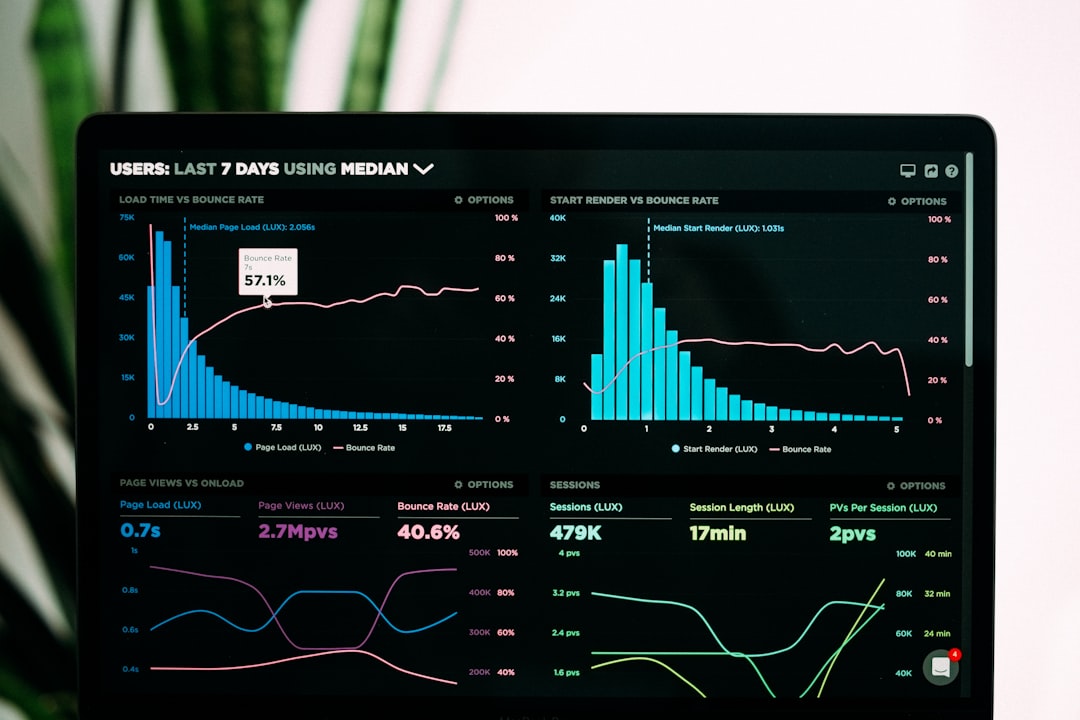
Harnessing Open Data for Groundbreaking Economic Research.
# Introduction. In an era where information is a powerful currency, the utilization of open data has become an essential tool for researchers, policymakers, and economic analysts. Open data refers to data that is made publicly available by governments, organizations, and businesses for anyone to access, use, and share. The importance of leveraging this data for economic research cannot be overstated, as it enables comprehensive analysis that can drive evidence-based decision-making and innovative solutions to complex issues. This post will explore how open data can be effectively harnessed for economic research, the benefits it presents, and practical steps for researchers looking to utilize these resources. # Understanding Open Data in Economics. Open data encompasses a variety of datasets, including demographic information, economic indicators, labor statistics, and social trends. These datasets can be essential for understanding current economic conditions and forecasting future trends. For instance, datasets from the World Bank provide vital insights into global economic performance, while local government data can reveal neighborhood-level dynamics that impact economic growth. By opening up previously inaccessible data resources, researchers can identify patterns and correlations that were not previously visible, allowing for richer analysis. Moreover, leveraging machine learning and advanced analytics on these datasets can yield insights that can potentially transform the economic landscape. # Benefits of Open Data for Economic Research. Utilizing open data in economic research presents several advantages. Firstly, it significantly reduces the cost associated with data collection. Researchers can save valuable time and resources by using data that is already available, allowing them to focus on analysis and interpretation. Secondly, open data fosters transparency and accountability. When datasets are publicly available, researchers can cross-verify findings and methodologies, enhancing the credibility of research outcomes. This transparency builds trust among stakeholders, which is critical for implementing effective policy measures. Additionally, open data encourages collaboration among researchers, organizations, and government bodies. By pooling resources and expertise, stakeholders can tackle multifaceted economic issues more effectively. Collaborative approaches often yield holistic insights that address the root causes of problems rather than their symptoms. # Practical Steps to Leverage Open Data for Research. To effectively utilize open data, economic researchers should follow several key steps: 1. **Identify Relevant Datasets**: Start by exploring repositories such as data.gov, the World Bank’s open data portal, or local governmental databases. Determine which datasets serve your specific research questions. 2. **Evaluate Data Quality**: Assess the quality and reliability of the data. Check the source of the data, the methodology used for collection, and the date of the last update. High-quality data ensures more credible research findings. 3. **Analyze the Data**: Utilize statistical software and analytical tools such as R, Python, or Excel to perform in-depth analysis. Consider using data visualization techniques to present findings clearly and compellingly. 4. **Stay Current**: Open data repositories frequently update their datasets. Stay informed about changes or new releases to always incorporate the latest information into your research. 5. **Engage with the Community**: Join forums, attend workshops, or participate in webinars focused on open data. Share your findings and collaborate with others in the field for richer insights. # Case Studies Inspiring Change Through Open Data. There are numerous case studies demonstrating the transformative effect of open data on economic research. For instance, cities that have adopted open data portals often see improvements in urban planning and resource allocation as policymakers utilize detailed demographic data to address specific community needs. Another exemplary case is the adoption of open labor market data by various research institutions, which has facilitated profound analysis of workforce trends, skills gaps, and job creation initiatives. Researchers can now provide recommendations backed by real-time data, which significantly improves the chances of effective implementation. # Conclusion. The ability to leverage open data for economic research offers a pathway to enhancing analytical rigor and policy effectiveness. By harnessing publicly available datasets, researchers can engage in robust analyses that reveal critical insights into economic trends and social dynamics. In a world increasingly driven by data, being equipped with the knowledge of how to utilize this resource strategically positions researchers to contribute meaningfully to academia and society. As the open data landscape continues to expand, so too do the opportunities for innovative economic research. By following practical steps and learning from successful case studies, researchers can unlock the full potential of open data, paving the way for impactful discoveries and policies that benefit communities worldwide. .








